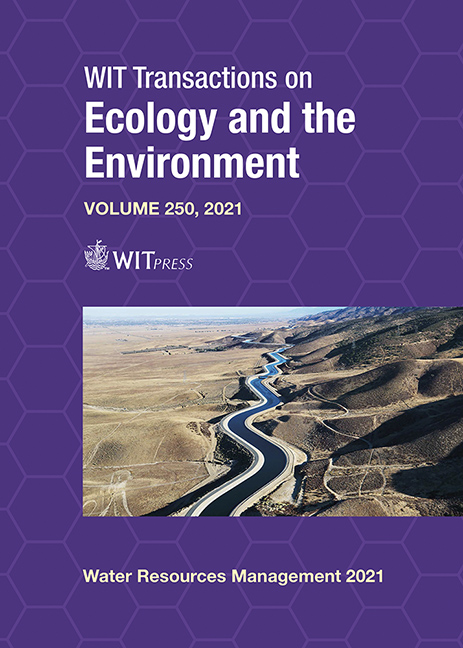GRAPH THEORY AND COMMUNITY DETECTION FOR ELEMENTARY DMA DESIGN
Price
Free (open access)
Transaction
Volume
250
Pages
9
Page Range
121 - 129
Published
2021
Size
436 kb
Paper DOI
10.2495/WRM210111
Copyright
Author(s)
STEFANO MAMBRETTI, ANITA RAIMONDI, FERNANDO F. STROPPA
Abstract
In this work, with the objective of designing elementary district metered areas (eDMAs), graph theory methods and community structured algorithms are applied to the case of the water distribution network of Milano. This network is highly looped and very complex, serving about two million people. Initially, the network is subdivided into 27 eDMAs, which are the number of pumping stations in operation, obtaining three different divided networks (one from community structured algorithms and two from graph theory). Unlike other procedures based on traditional techniques to sectorize networks, the maximum size of each eDMA was not previously restricted, thus generating significantly larger districts. Afterwards, a simple algorithm was applied to aggregate the eDMAs into dynamic DMAs to reduce the energy consumption and overall pressures in the network for the hour of lowest water consumption. Results show improvement in both aspects, thus justifying the study. Further studies are recommended in order to propose other eDMAs designs and other dynamic DMAs configurations.
Keywords
water distribution networks, district metered areas, elementary districts, graph theory, community detection





